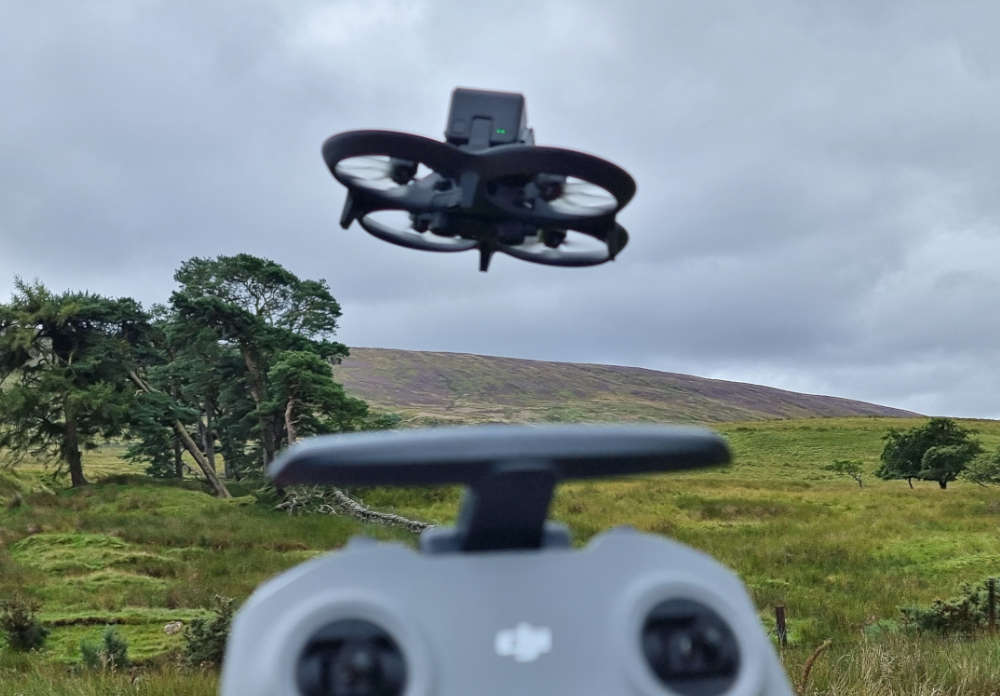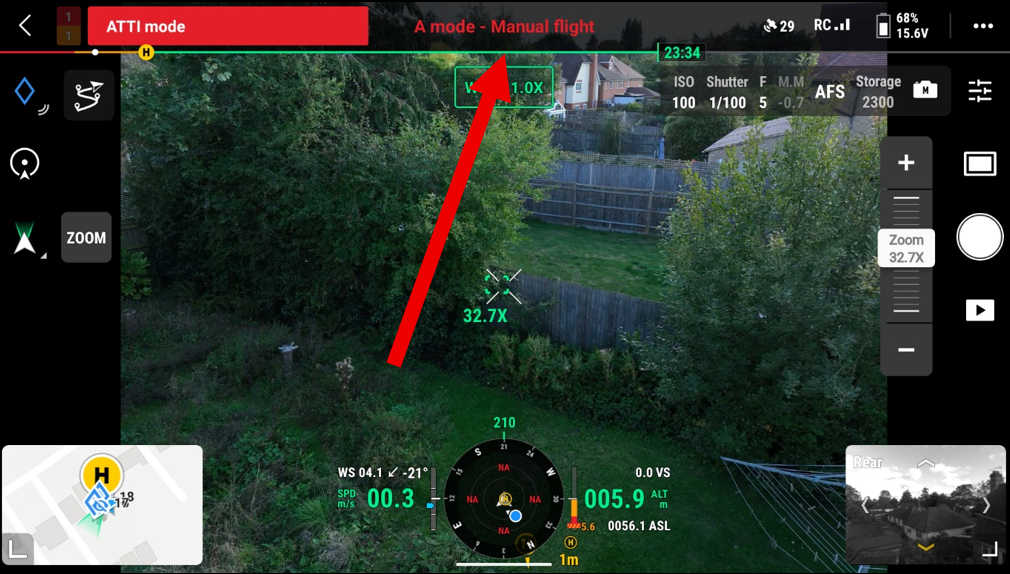
Set Drones to Manual
- News
-
Sep 17
- Share post

Set Drones to “manual”
Those of us who fly regularly are used to the instruction for cabin crew to “set doors to manual”. But what does ‘manual’ mean when it comes to drones?
This vexed question came up recently during a CAA audit of a Specific Category PDRA01 Operational Authorisation operator.
The operator received a finding that required them to ensure a minimum level of RP competence. This included an instruction that the Operations Manual must be updated to include the need for “Practice flight in ‘manual’ mode” (CAA’s quote mark on ‘manual’).
Unmanned Support’s interpretation
Unmanned Support believes that in the context given, the regulator expects remote pilots to be familiar with, and practice what DJI class as “ATTI mode” flying. This is where an unmanned aircraft will maintain its heading and height but will lose its satellite positioning and drift with the wind.
The ability to fly competently in this GNSS-denied mode has been cited in a number of AAIB reports over the years as a lack of competence in this skill has been seen as a major contributory factor in crashes. It is therefore right that the regulator should promote this as best practice.

Issues raised
Any operator receiving this or similar findings should refer to the CAP 722 series drone operations guidance documents to find the official interpretation of ‘manual’.
Depending on their patience and creativity around which words to search for they are frankly unlikely to find the answer that Unmanned Support believes to be the correct one.
For instance, CAP 722D is the CAA’s own glossary for UAS related terms. There is only one context-correct reference to manual, albeit as part of the word ‘manually’:
Remote Pilot (RP) A natural person responsible for safely conducting the flight of an unmanned aircraft by operating its flight controls, either manually or, when the unmanned aircraft flies automatically, by monitoring its course and remaining able to intervene and change the course at any time.
In this context, manually appears to be one step down from automated. To many operators (we checked on commercial groups on Facebook), ‘manual’ matches this definition. It is flight directly with the sticks when the drone isn’t flying itself through an automated waypoint mission. It is decidedly not a flight where the GNSS signals have been switched off and the drone is drifting with the wind.
Meanwhile, CAP 722H provides some evidence to back up the Unmanned Support view, that ‘manual’ relates to GNSS denied flights. Sadly, because the evidence is hidden deep within the CAA’s ‘risk assessment by numbers’ table and mitigation listing it is unlikely that more than a handful of operators have ever reached the relevant part.
It appears within Mitigation M55 on the very last page of the guidance document. M55 relates to RP Competence:
A RP is required to maintain currency through live task and simulated operations including emergency operations training/practice.
Further evidence lies in the CAA’s CAP 2606 document. This is the regulator’s attempt at a template for operators to use as their Operations Manual. Even here, the operator does not receive a simple one liner of “practice GNSS denied flight”. Instead, there is a process of reading between the lines to join the dots between practicing emergency scenarios and the fact that one of those emergencies is GNSS signal loss.
At time of writing it has been over two weeks since the CAA has been asked to clarify its definition of ‘manual’ in the context of the finding. When an operator is undergoing an audit, this is unacceptable. Individuals within the organisation will be concerned about the potential of losing their Operational Authorisation, something they depend on to be able to operate.
Conclusion
This isn’t the first time the CAA has created confusion for the very operators who try the hardest to maintain a full understanding of their legal obligations. These are the very operators the CAA should be encouraging and helping the most.
Instead, we are left with audit reports containing words that are important to safe operation but that even the regulator seems impotent to define. These are combined with guidance documents that once again, are inconsistent with each other.
The answer the CAA should be giving to the operator to the question “what you mean by ‘manual’, consists of two simple words: ‘GNSS denied’.
We assume that the same level of confusion isn’t allowed to exist in commercial passenger aviation…otherwise this author will be assuming the crash position the next time doors are set to ‘GNSS denied”.
Glossary:
GNSS: Global Navigation Satellite
System PDRA01: Pre-defined Risk
Assessment RP: Remote Pilot